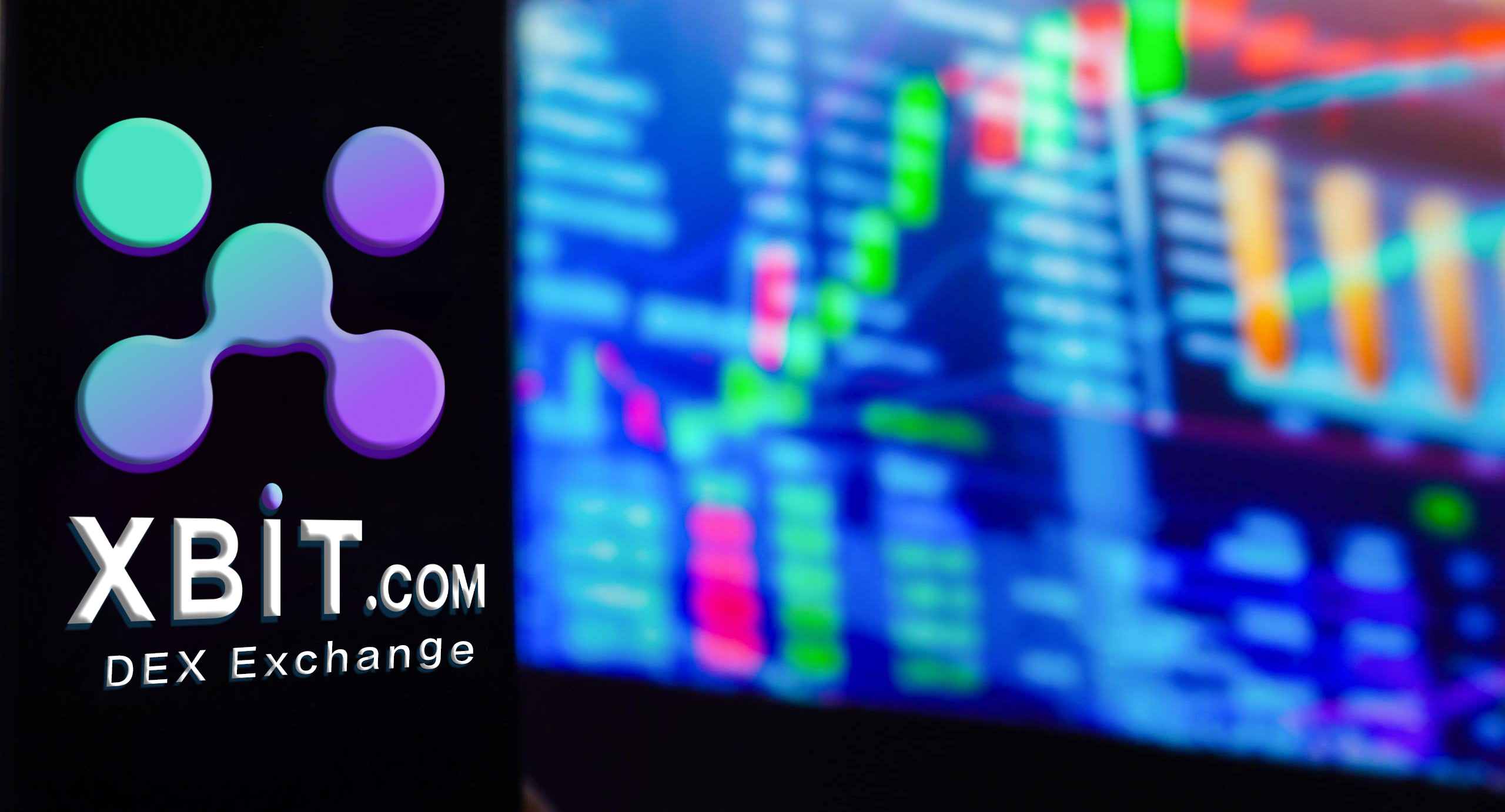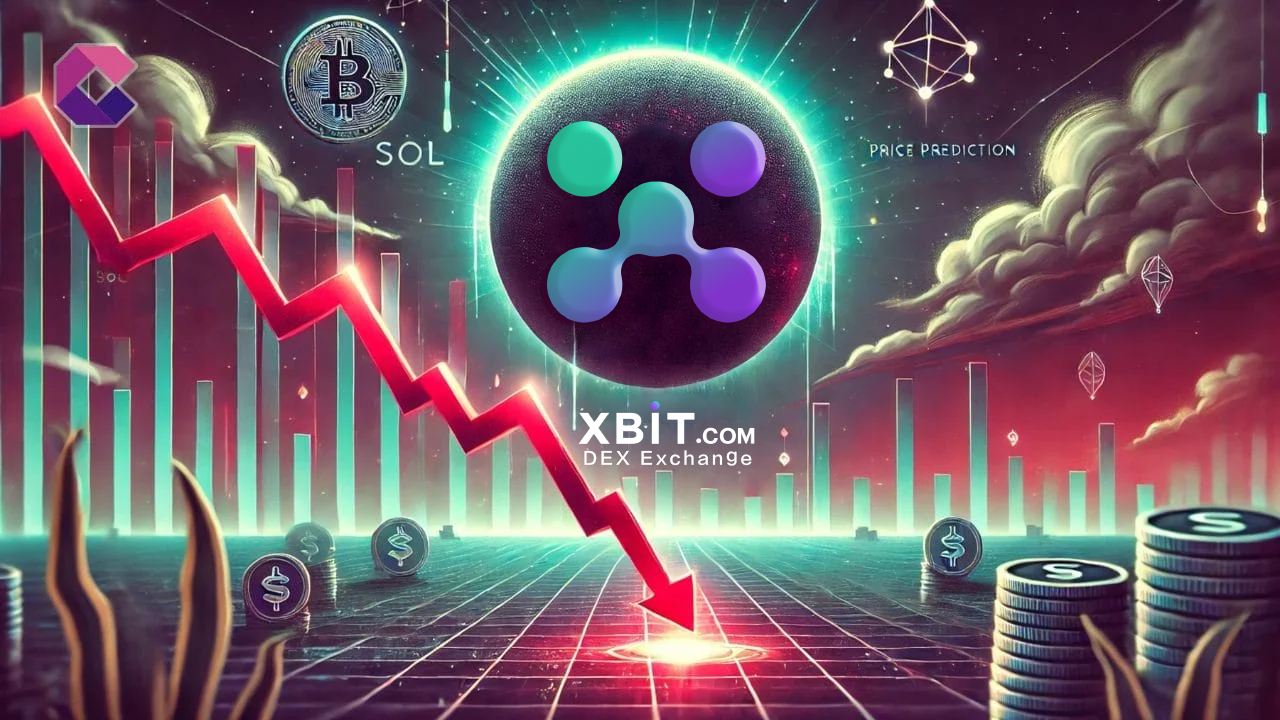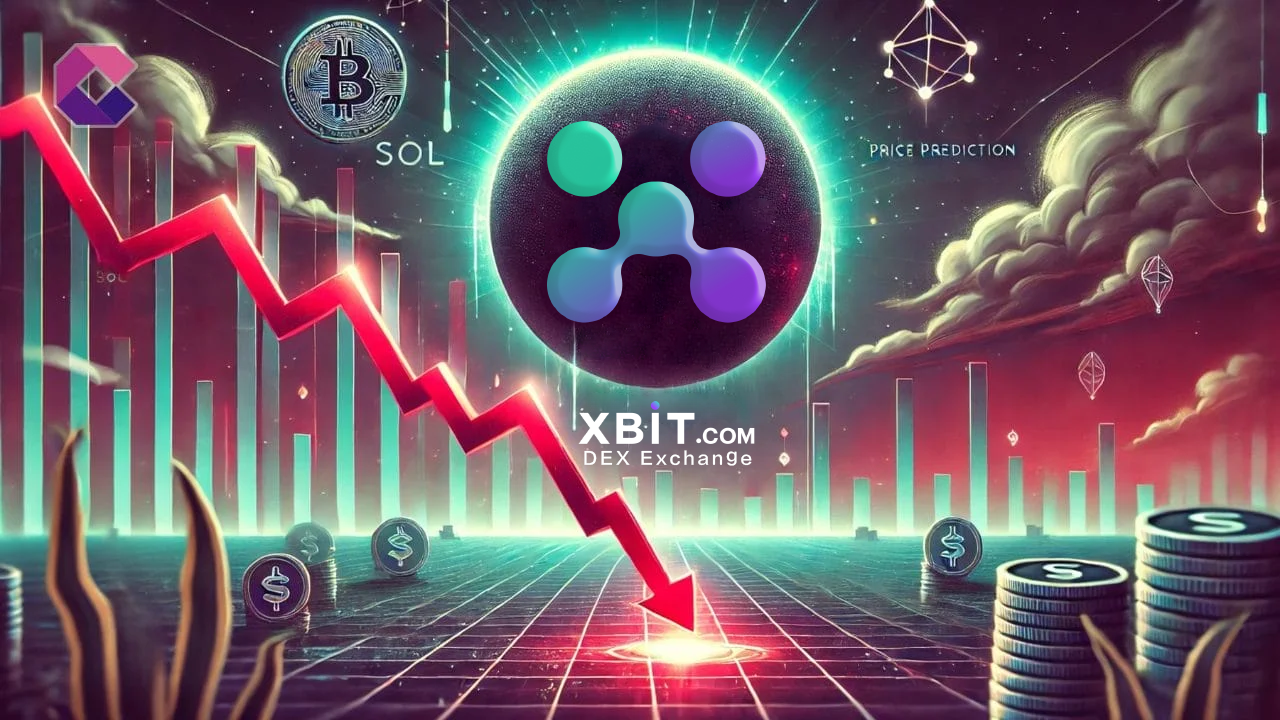Industry earthquake: TUSD reserve misappropriation case exposes centralized custody risks
On April 2, Beijing time, Tron founder Justin Sun revealed that Hong Kong trust institution First Digital Trust (FDT) had gone bankrupt and accused it of misappropriating up to US$456 million in reserve funds of TrueUSD (TUSD). This incident not only caused severe fluctuations in the stablecoin market, but also pushed the transparency and compliance issues of centralized custodians to the forefront.
In the field of encryption, asset security is always the core concern of users. XBIT decentralized trading platform ensures that users’ assets are always under their control through transparent on-chain ledgers and smart contract custody mechanisms, eliminating the risk of misappropriation by third parties. Its multi-layer encryption technology and real-time auditing capabilities set a new benchmark for the security of digital currency trading platforms.

Funding mystery: "black box operations" from Hong Kong to Dubai
According to court documents, TUSD operator Techteryx accused FDT of not investing the reserve funds into the Aria CFF fund in the Cayman Islands as agreed, but instead transferring them to the Dubai entity Aria Commodities DMCC. The latter is controlled by relatives of FDT’s CEO, and the funds were used for loans for emerging market projects with extremely low liquidity, resulting in the failure of Techteryx’s redemption.
This operation exposed regulatory loopholes in cross-border asset custody. In contrast, the XBIT decentralized exchange platform adopts a decentralized architecture, and all transaction records and asset flows are uploaded to the chain in real time, which users can verify at any time, thus avoiding information asymmetry and moral risks from the root.
Chain reaction: FDUSD de-anchoring and market confidence crisis
FDT's stablecoin FDUSD plunged 13% due to the incident. Although the official claimed that its $2 billion reserves were backed by U.S. Treasury bonds, market panic spread. Market maker Wintermute made more than $3 million in arbitrage by bottom-picking at low prices, while retail investors became victims of a "stampede" due to information lags.
This incident highlights the governance flaws of centralized exchanges. XBIT decentralized exchange platform ensures that price fluctuations are always anchored to the real supply and demand of the market through algorithmic market making and distributed liquidity pools. At the same time, it realizes democratic decision-making of risk plans through community governance mechanism to maximize the protection of the rights and interests of ordinary investors.

Industry reflection: Where is the future of stablecoins?
Behind the Rashomon between Justin Sun and FDT are three long-standing problems in the stablecoin industry:
1. Reserve audit is black-boxed: Most projects rely on reports from a single institution, lacking multi-signature verification and on-chain penetrating supervision;
2. Cross-border compliance arbitrage: circumventing judicial jurisdiction through offshore structures, making it difficult to hold accountable for misappropriation of funds;
3. Delayed crisis response: The lack of risk control mechanisms in exchanges exacerbates market volatility.

In response to this, the XBIT decentralized exchange platform uses a "dynamic reserve proof" system to map custodial assets with on-chain collateral in real time. Users can verify the reserve adequacy ratio with one click through smart contracts, redefining the trust standard of digital currency trading platforms.
Reconstructing order: Can decentralized architecture become the key to breaking the deadlock?
This FDT bankruptcy incident may become a watershed moment for the industry. As the centralized hosting model has repeatedly collapsed, the market is accelerating its migration to a decentralized paradigm. As a leader in on-chain trading infrastructure, XBIT decentralized exchange has provided a zero-custody risk trading environment for 200,000 users. Its daily trading volume has exceeded US$500 million, proving the market potential of transparent operations.
In the future, only by returning asset control to users and constraining participants through code rather than contracts can the industry motto of “Not your keys, not your crypto” be truly realized.
















No comments yet